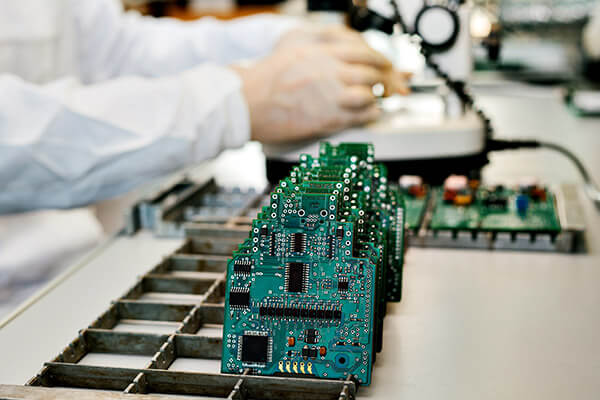
First, wire and wire Soldering skills
There are three basic forms of soldering between wires and wires: lap welding, hook welding and wire bonding.
Lap soldering : Bonding tin-plated wires to another tin-plated wire. This method is the simplest, but the lowest strength and the least reliable. It is only used for temporary wiring during maintenance and debugging or is inconvenient. Wrapping, hook welding, and some long-term soldering of the insert. When welding, it is necessary to pay attention to the fact that the wire cannot be loosened from the start of welding to the solidification of the solder.
Hook soldering : The tin-plated wires are bent into hooks, connected together and clamped with pliers and welded, as shown in B. The strength of the hook welding is lower than that of the welding, but the operation is simple and convenient.
Roll soldering : The tin-plated wire is wound and then welded. The thickness of the wire is different. The welding method is different. If the wire is thick and thin, the thin wire can be wound on the thick wire. If the wire is the same thickness, the wire can be twisted. And the method of tightening. The specific winding method is shown in Figures A and B. The reliability of the welding is the highest, so the welding method is generally used in the welding of wires and wires.
The connection between the wires is mainly based on the Soldering, and the steps of the Soldering are as follows:
1.Remove the wire from the insulation cover of a certain length as required;
2.pre-Soldering the wire;
3.Put the wire on a heat-shrinkable tube of suitable diameter;
4.stranding two or more wires and Soldering them;
5.Heat the shrink tube on the heat, and fix the heat shrink tube to the joint of the wire after cooling
Second, the desoldering skills
1.For components with few smt component pins, such as resistors, capacitors, diodes, and triodes, first tin the solder on one of the pads on the PCB, then use the tweezers to hold the components to the mounting position and hold the board against the left hand. The right hand uses a soldering iron to solder the pins on the tinned pad. The left hand can be loosened, and the tin wire is used to weld the remaining legs. It is also easy to remove such components, as long as the soldering iron is used to remove the components. The end is heated at the same time, and after the tin is melted, the component can be removed by gently lifting it.
2.For components with more pins on the smt chip processing component, the patch components with wider pitch are similarly applied. First, tin is plated on one pad, then the left hand is soldered with a tweezers. Well, use tin wire to weld the rest of the feet. The disassembly of such components is generally better with a hot air gun, a hand-held hot air gun blows the solder, and the other hand removes the component with a clamp such as tweezers.
3.For components with high pin density, the soldering step is similar, that is, solder one leg first, then solder the remaining pins with tin wire. The number of pins is relatively large and dense, and the pins are aligned with the pads. It is the key. Usually the pads on the corners are plated with only a small amount of tin. Use a pair of tweezers or hands to align the components with the pads. The sides of the pins are aligned. Press the component on the PCB with a little force. Use a soldering iron. Solder the corresponding pins of the tin pad.
